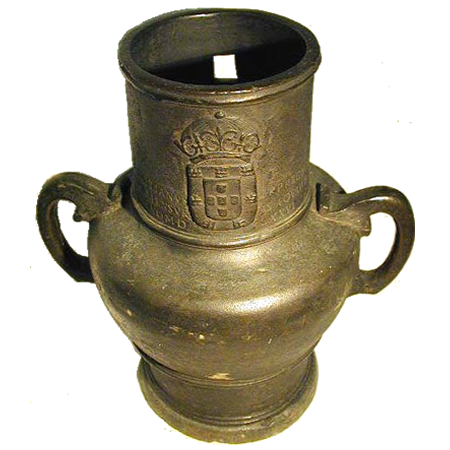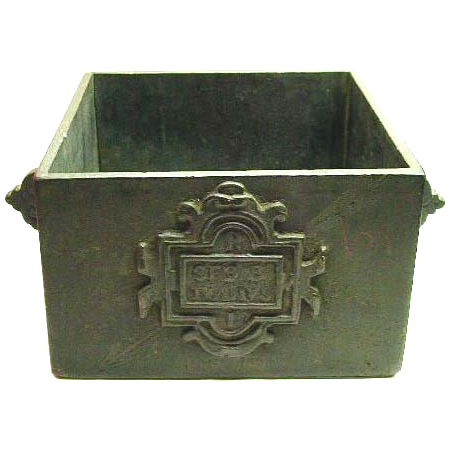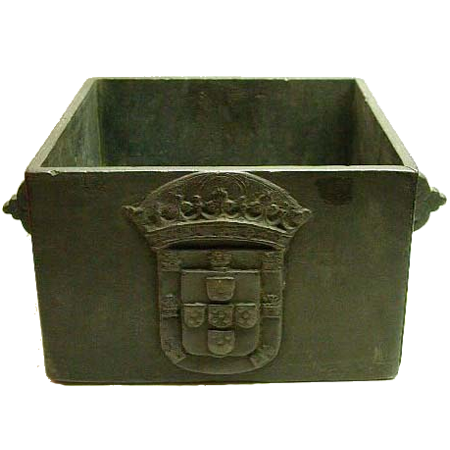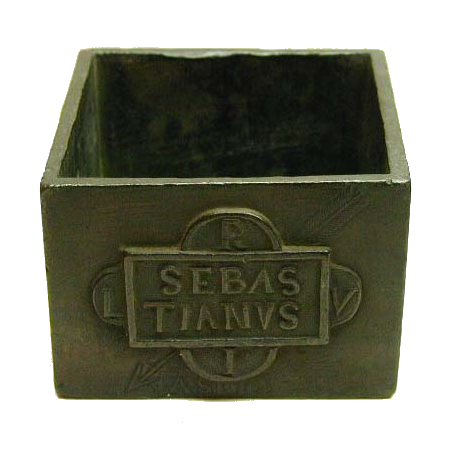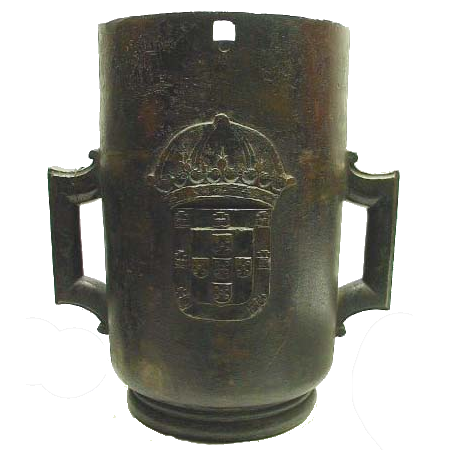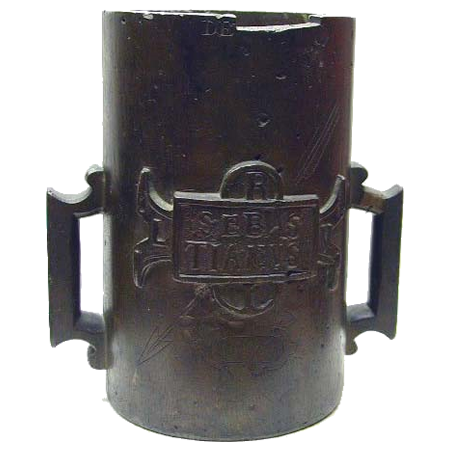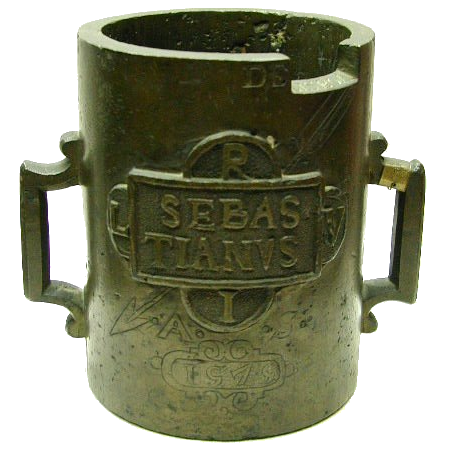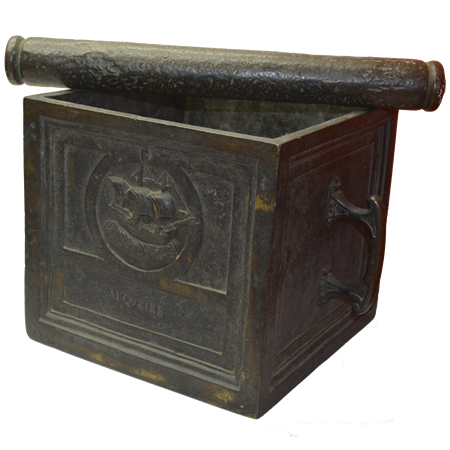
THE REFORM OF KING SEBASTIÃO
When King João III died in 1557, all his children had already died, so the throne was inherited by his grandson Sebastião, who was 3 years old. Until the new king came of age (14 years), the country was ruled by his grandmother Catherine of Austria and Cardinal King Henrique.
The metrological reform of King Manuel I, expressed in the Manueline Ordinances, was then in force. If, in the case of weights, there was some success, due to the distribution of new standards across the country, the reform of the volume measures had practically not left the paper, as the widespread use of the old measures was maintained.
Thus, in 1575, the new king issued a law to reinforce the measures taken by his great-grandfather, ordering all measures of cereals, wine and oil to be equaled by those of Lisbon. In order for this measure to be successful, he ordered the distribution throughout the country of standards of volume measures, both for dry products, based on the alqueire (bushel), and for liquids, whose main unit was the almude. The law confirmed the submultiples of these measures that had been established by King Manuel I, and, in the case of the dry products, indicated a multiple of the alqueire: the fanga, which measured 4 alqueires. According to this law (Carta de Almeirim), dry products should be mandatorily measured by rasa (using a leveller), thus making the measurement more rigorous.
King Sebastião took into account the administrative reform determined by King João III, which had significantly increased the number of Comarcas (large administrative regions) and promoted the first chain of metrological traceability in Portugal: the Lisbon measures would be the national standard, as determined in the Ordinances and served as a reference for the measures distributed by the Comarcas. These, in turn, would be the reference for the measures of the municipalities, according to which the measures used by the merchants and people whose activity implied the possession and use of measures, should be verified.
King Sebastião introduced a change: olive oil should be measured by almudes of 12 canadas and half almudes instead of being measured by alqueire and respective submultiples. As for the rest, the Ordinances were applied, as before.
